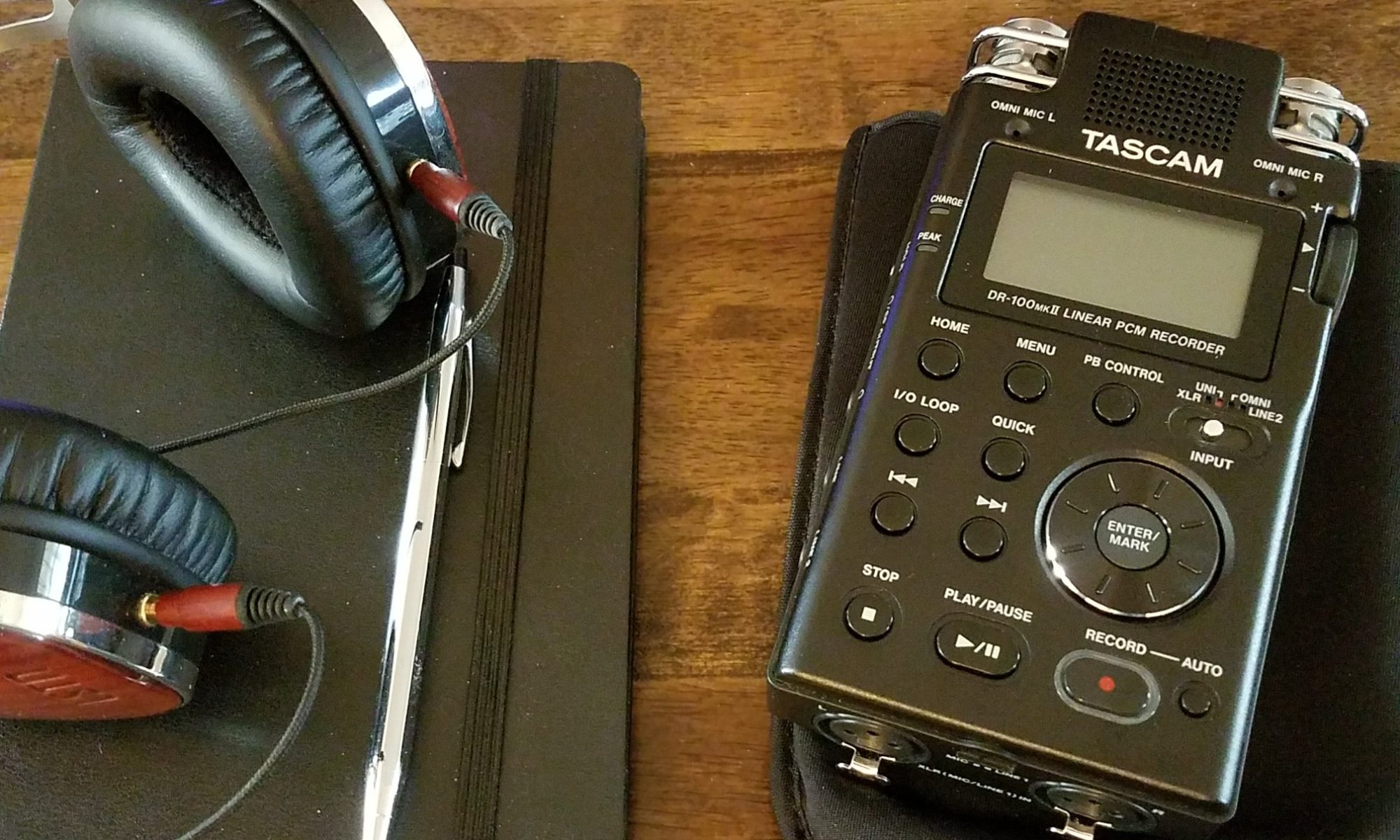 As the former Yugoslavia broke into a multi-national civil war, it became clear that the Serbs intended to gain control over Bosnia and Herzegovina through a campaign of ethnic cleansing. In Not My Turn To Die, Savo Heleta, a thirteen year-old Serb living in Gorazde, recounts his family’s experience during the army’s siege on that predominately Muslim area.
As the former Yugoslavia broke into a multi-national civil war, it became clear that the Serbs intended to gain control over Bosnia and Herzegovina through a campaign of ethnic cleansing. In Not My Turn To Die, Savo Heleta, a thirteen year-old Serb living in Gorazde, recounts his family’s experience during the army’s siege on that predominately Muslim area.
Even though Heleta’s memoir doesn’t provide a direct testimony of the ethnic violence raging through other parts of the country, it does provide a unique look at the fallout from the conflict. As non-Serbs found themselves persecuted, the reverse was taking place in Gorazde, as the city turned itself into a xenophobic conclave of Muslim refugees, the ultimate outcome being a mirrored response to the Serbians.
Even though the Serbs of Gorazde weren’t the victims of genocide, the similarities are certainly there — Heleta’s family lived in constant fear, were often threatened, were interrogated and beaten, and even spent a short period confined to a building that was nothing short of a makeshift “ghetto.” And just as the Holocaust is riddled with small stories of witnesses lending a hand to aid their former Jewish neighbors, this too becomes the recurring theme of Not My Turn To Die.
While it would be easy to dismiss Heleta’s account as one Serbian’s attempt to downplay the violence against non-Serbs, it’s far better to take this book as it was intended, as a lesson in the blind brutality of war. In fact, what’s most striking about this memoir is its ability to demonstrate that violent events are often viewed through large, global terms, with too little emphasis placed on personal experiences and responsibility. The majority of any given group might take part in a pogrom for instance, but it’s the individual who chooses not to follow that produces an extraordinary result.
